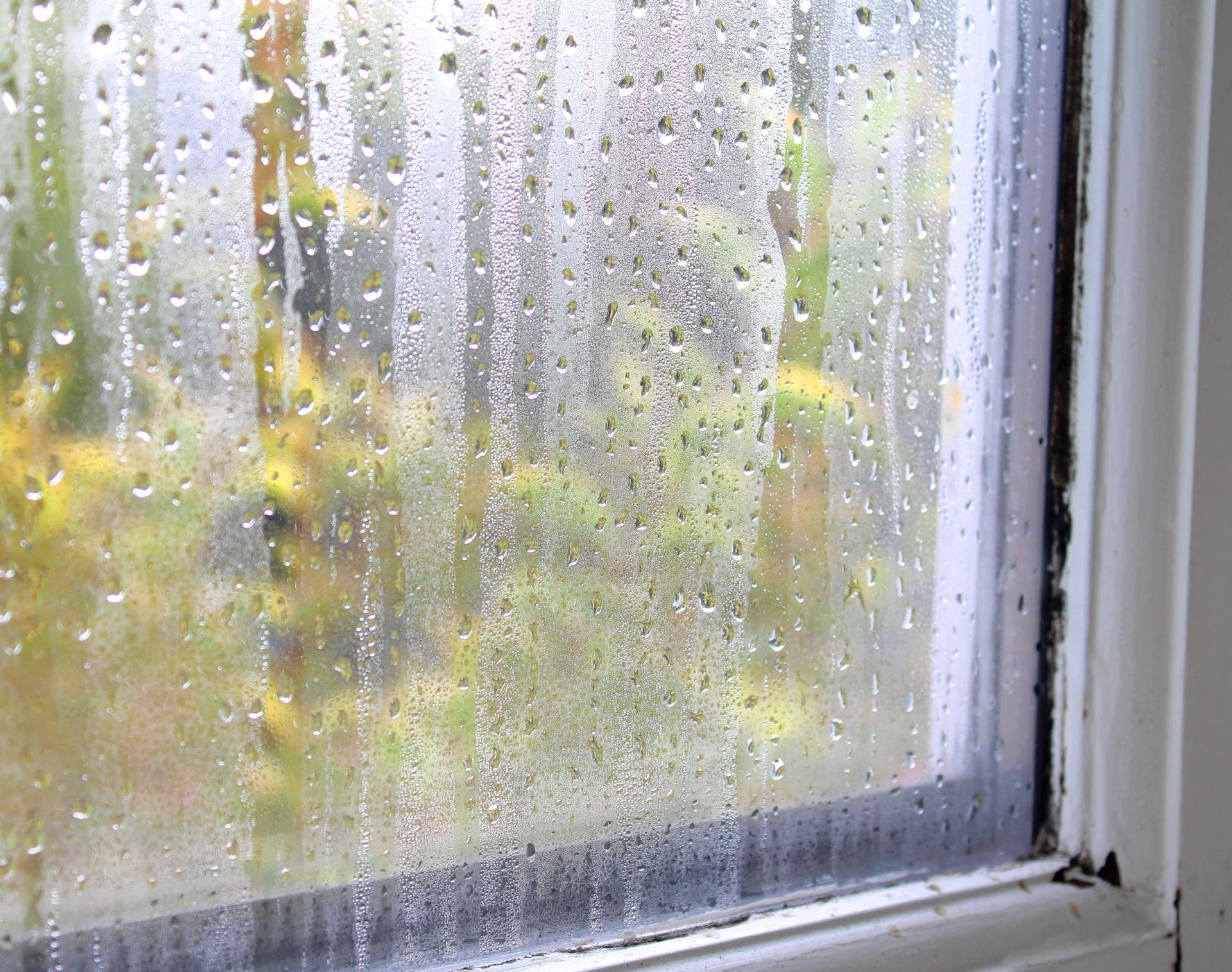How to Prevent Foggy Windows: Top Solutions for a Clear View
Written by: Better Buyer
Foggy windows can be frustrating and affect the comfort and aesthetics of your home. Moisture and temperature changes can cause condensation to form on your windows, leading to an obscured view and potential damage over time.
Fortunately, there are several effective strategies to prevent foggy windows and maintain a clear view. In this article, we will explore top solutions to keep your windows fog-free.
Why Do House Windows Fog Up?

Foggy windows occur when warm, moist air inside your home comes into contact with the cooler surface of the windows. This temperature difference causes condensation to form on the glass.
Other factors that contribute to foggy windows include:
- Water Exposure: After a flood or heavy rainstorm, check your window seals. Excess water around your windows can damage perimeter seals, allowing moisture to seep in.
- Excess Heat: Warm air expands and may stretch the seals in double-paned windows. Although most hot summer days won't be an issue, prolonged exposure to direct sunlight can deteriorate window seals over time.
- Old Age: As windows age, their seals can degrade. After years of exposure to harsh weather and regular use, the seals may fail, causing persistent fogging between the panes.
- High Humidity: Foggy windows are common during the summer due to high moisture levels in the air. Cooking, showering, and drying clothes indoors can introduce warm, humid air, which may condense on cooler glass surfaces.
- Poor Ventilation: Poor ventilation can trap air and moisture in your home. While improved seals on windows and doors enhance energy efficiency, they may also limit natural airflow, contributing to condensation issues.
A bad seal can also allow moisture to seep between the panes of double-paned windows, resulting in a persistent foggy appearance. This issue may require professional repair or replacement.

Why Do Window Seals Break?
When a window seal fails, moisture can accumulate between the glass panes, resulting in a cloudy, foggy appearance. Over time, the seal may degrade and allow moisture to enter between the panes of double-pane windows.
What is a Double-Pane Window?
Double-pane windows consist of two layers of glass with a space in between. This space is often filled with insulating gas to improve energy efficiency and prevent heat loss. Double-pane windows can help regulate indoor temperature and reduce condensation, but if the seals break, moisture can get trapped between the panes and cause fogging.
Methods to Keep Windows Clear and Fog-Free
1. Improve Ventilation
Good ventilation helps regulate indoor humidity levels, reducing condensation on windows. Ensure your home is well-ventilated by:
- Opening windows and doors when weather permits to allow fresh air to circulate.
- Using exhaust fans in bathrooms and kitchens during and after showering or cooking.
- Installing an air exchanger or dehumidifier to maintain optimal humidity levels.
2. Seal Gaps and Leaks
Gaps and leaks around windows can allow cold air to enter your home, causing condensation. To prevent this:
- Check your windows for cracks or gaps around frames and sashes.
- Use weatherstripping or caulk to seal any gaps.
- Consider replacing old or damaged windows to improve insulation.
3. Utilize Window Treatments
Window treatments can help maintain a stable temperature around windows:
- Use insulated curtains or blinds to keep windows warm.
- Open window coverings during the day to allow sunlight to warm the glass.
- Close curtains or blinds at night to prevent cold air from reaching windows.
4. Adjust Indoor Temperature
Keeping your home at a consistent temperature can help minimize condensation:
- Use a thermostat to regulate indoor temperature, especially during colder months.
- Avoid drastic temperature changes inside the home.
- Consider double- or triple-pane windows for better insulation and temperature control.

5. Install Double-Paned or Insulated Windows
Upgrading to double-paned or insulated windows can significantly reduce condensation:
- Double-paned windows provide an extra layer of insulation, keeping windows warmer.
- Look for windows with low-emissivity (low-e) coatings to improve energy efficiency.
6. Use Anti-Condensation Products
There are various products designed to reduce condensation on windows:
- Apply anti-fog sprays or coatings to windows to prevent moisture buildup.
- Use moisture-absorbing products like silica gel or dehumidifier sachets near windows.
The Bottom Line
Preventing foggy windows can greatly improve the comfort and clarity of your home. By implementing these top solutions, you can maintain clear windows year-round and protect your home from potential damage caused by excess moisture.
Although you can typically manage minor fogging on your own, hiring a professional ensures the job is done safely and efficiently. A window repair specialist can defog your windows or replace them with new, energy-efficient models. Check out our directory listings to find a reliable window repair and replacement company near you.
Discover
excellent
local
businesses!
Our unique content—articles, ratings, reviews, and videos—help consumers make better purchasing decisions while promoting companies striving to provide customer service excellence.
| Recently Added |
|---|
| Accounting |
| Chiropractors |
| HVAC |
| Moving |
| Physical Therapy |
| Plumbing |
| Windows and Doors |
Is
your
business
in our
directory?
Update your business information to become more visible in our directory. Your lead form will also be activated.
Find your company >






